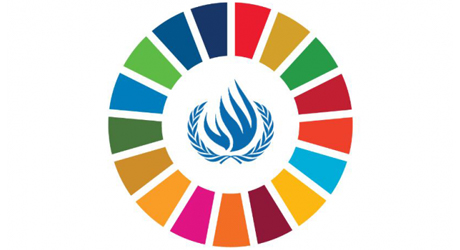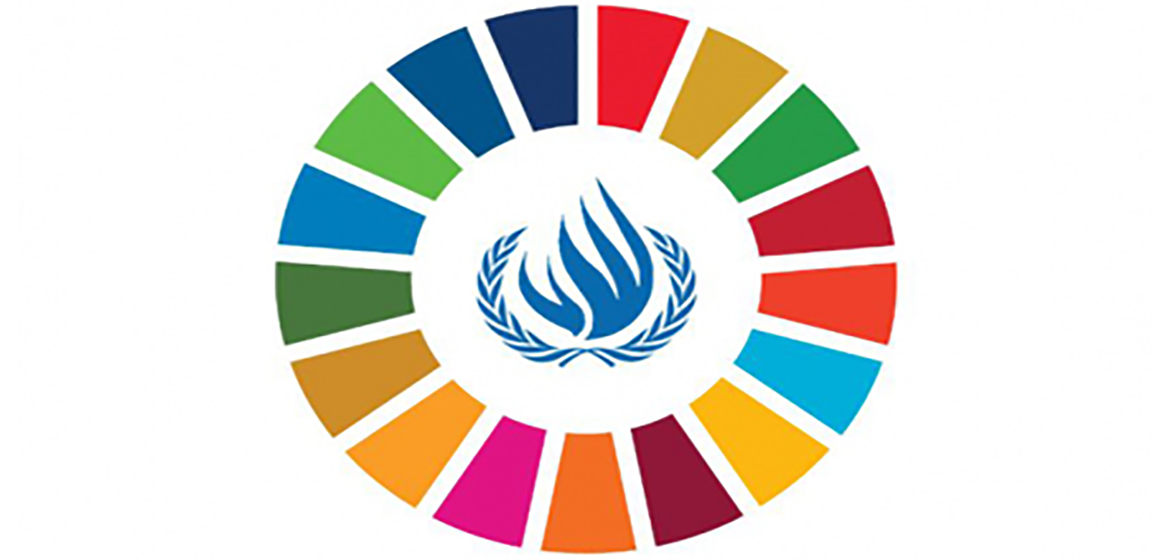A new interactive promises to give users a chance to visually check on progress on achieving both sustainable development and human rights goals across the globe.
 The database was developed by the Danish Institute for Human Rights (DIHR). It is based on more than 50,000 recommendations made during the first and second cycle of the Universal Periodic Review (UPR). The UPR is a peer-review mechanism of the Human Rights Council that looks at the human rights situation on the ground for each of the United Nation’s 193 Member States. At the end of each review, recommendations are issued to improve human rights before the next review. The reviews take place once every 4.5 years.
The database was developed by the Danish Institute for Human Rights (DIHR). It is based on more than 50,000 recommendations made during the first and second cycle of the Universal Periodic Review (UPR). The UPR is a peer-review mechanism of the Human Rights Council that looks at the human rights situation on the ground for each of the United Nation’s 193 Member States. At the end of each review, recommendations are issued to improve human rights before the next review. The reviews take place once every 4.5 years.
Using an algorithm developed and trained by the DIHR team, the recommendations are then weighted and linked to specific sustainable development goals (SDG), giving States and others a concrete way of seeing human rights linked with development, said Birgitte Feiring from the DIHR.
“UPR recommendations are important,” she said. “They originate from a peer mechanism and most recommendations are accepted by recipient states, implying their intention and willingness to implement these recommendations. The database allows such states to address these recommendations as part of their SDG implementation, thereby having integrated and efficient approaches to achieving SDGs and human rights.”
For example, users of the database can look at a specific country or region and see what SDGs are of most concern. The database can display information graphically, as well as be investigated via each SDG.
“Beyond being a concrete tool, (the database) is also an ‘appetizer’ which illustrates the usefulness of human rights monitoring for SDG implementation and monitoring. The long term plan is to apply the methodology directly to the UHRI, hosted by OHCHR,” Feiring said.
The database also used information from the UN Human Rights Office which compiles recommendations from all UN human rights mechanisms. This helps users gain easy access to recommendations and observations on specific human rights issues addressed to States.
The new database is part of a pilot project designed to increase collaboration between the UN Human Rights Office and DIHR. In December 2017, the two organizations signed a memorandum of understanding. The agreement will increase collaboration and technical expertise between the two, specifically in the area of data-mining linking human rights recommendations with the SDGs.
“This tool will facilitate the work of the human rights community around the world, including not least our own United Nations colleagues in the field,” said Adam Abdelmoula, Director, Human Rights Council and Treaty Mechanisms Division at OHCHR.
The potential for expanding the use of the data available is far from being exhausted.
“Beyond the UPR, independent experts reviewing implementation of human rights treaty obligations (Treaty Bodies) and Special Procedures of the Human Rights Council continuously issue observations and recommendations that can be linked to the 2030 Agenda. The tool that DIHR has developed will ease this task considerably,” Abdelmoula said.
You can try the new database .
Source:
Related to all SDGs.



